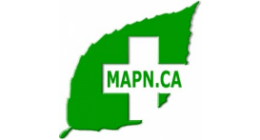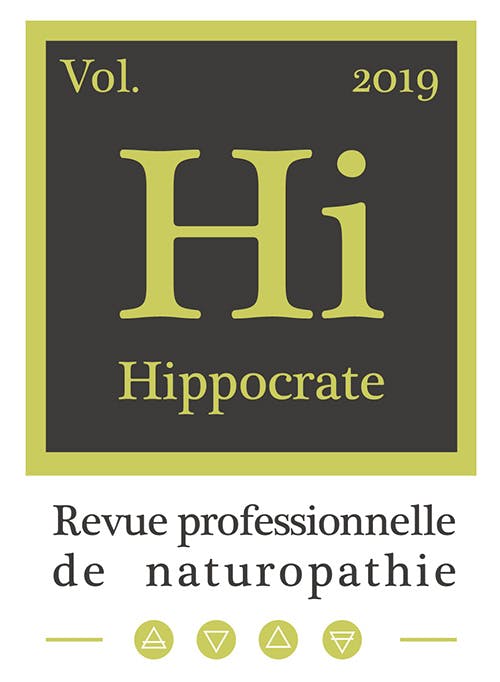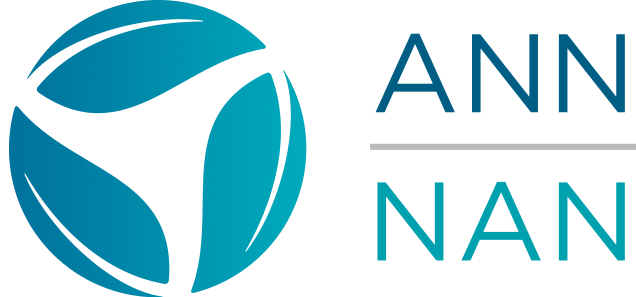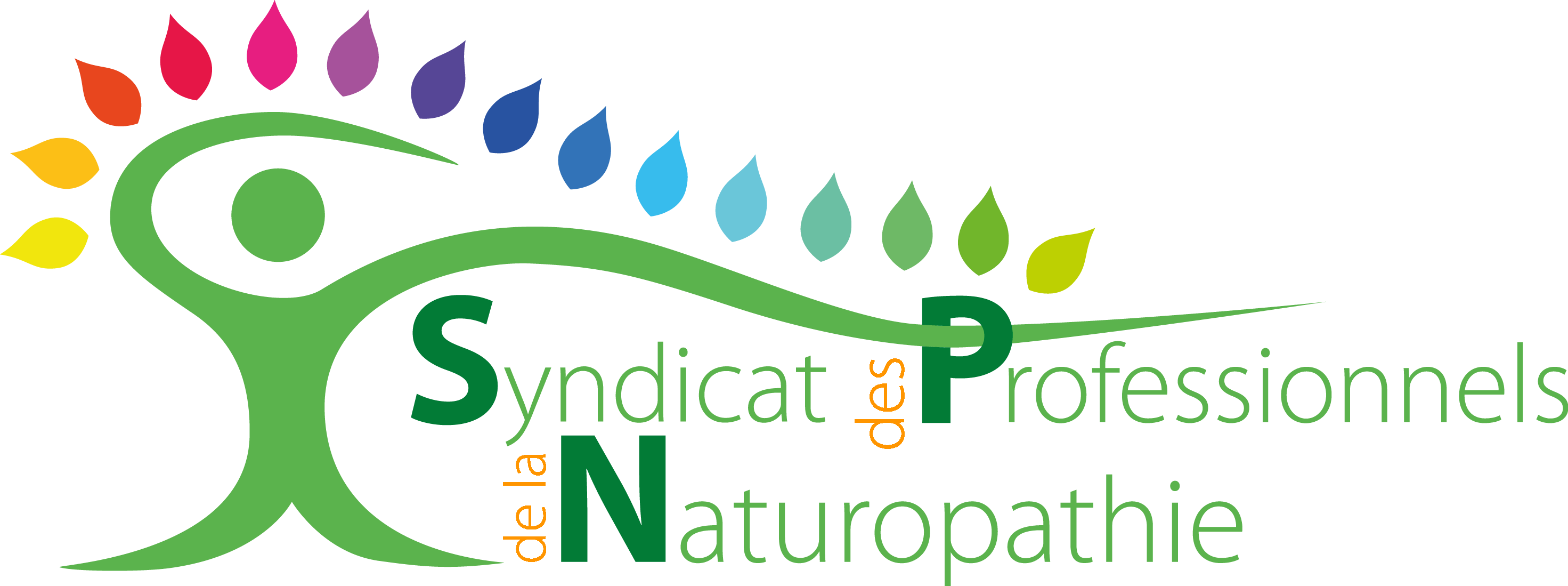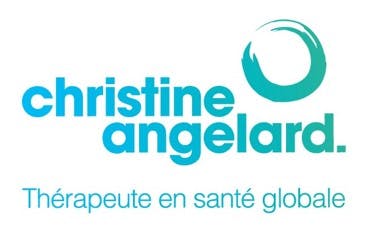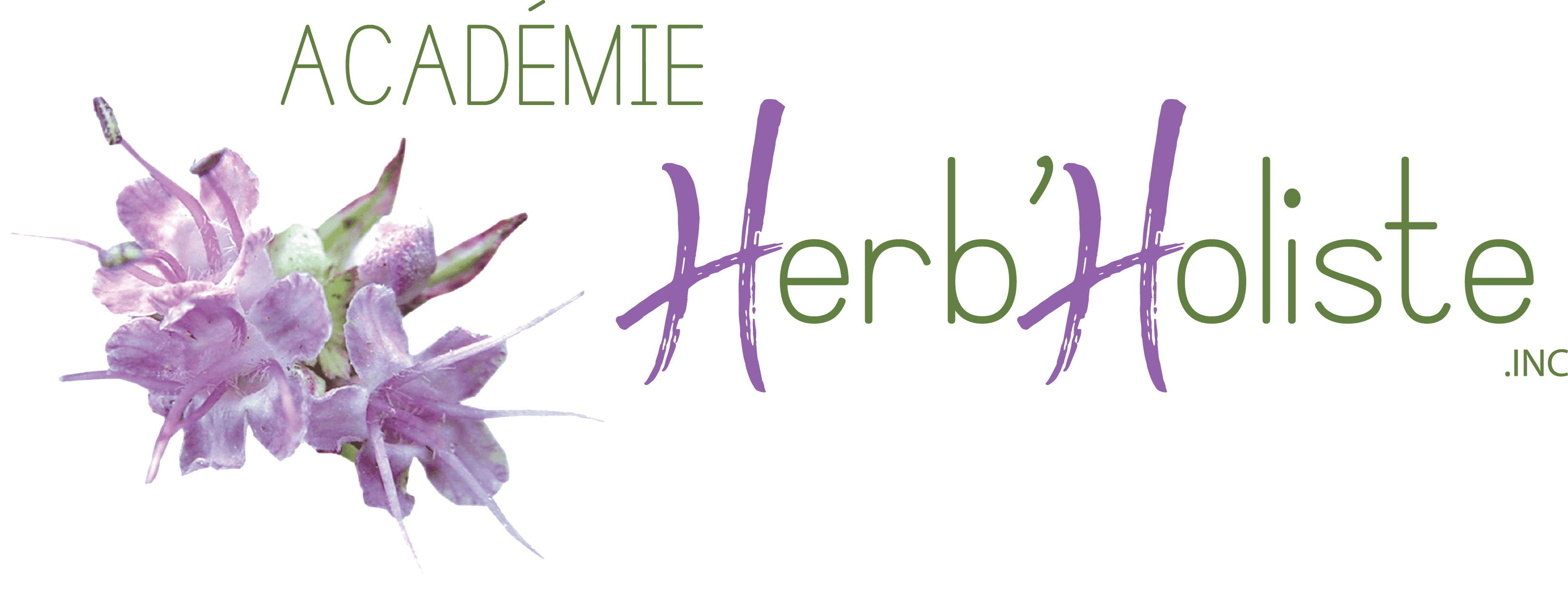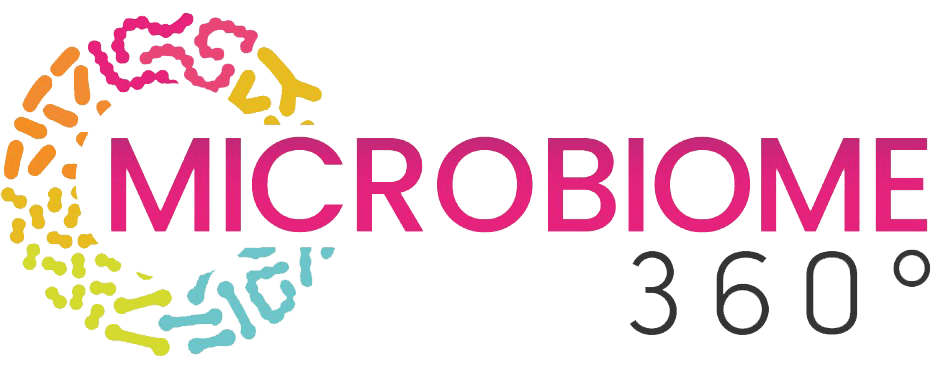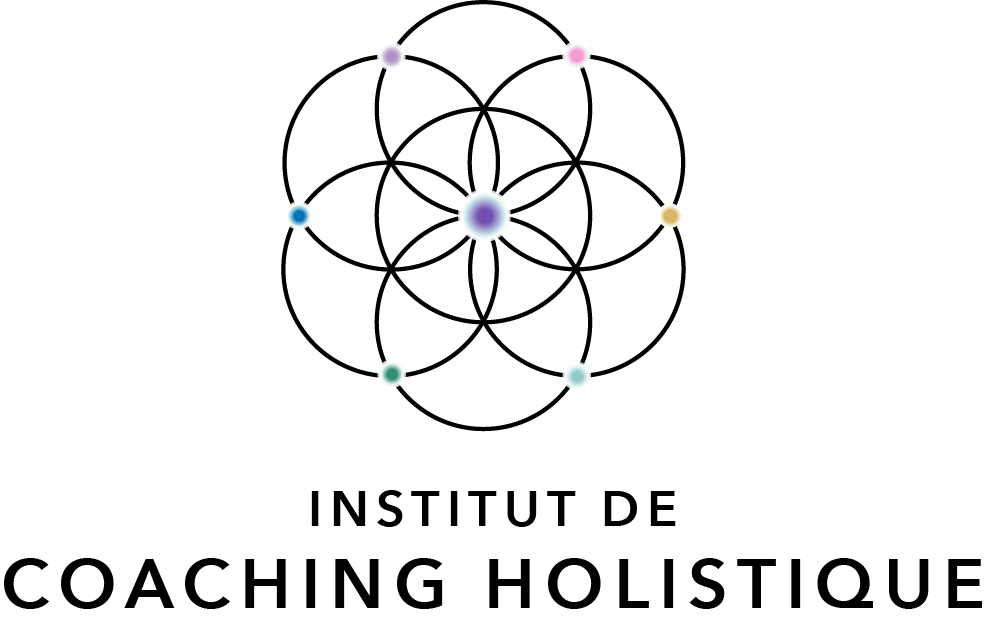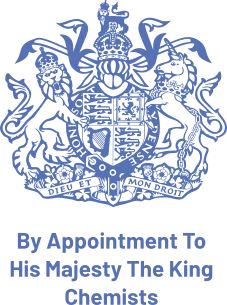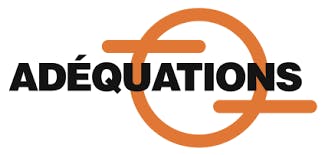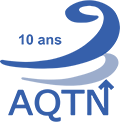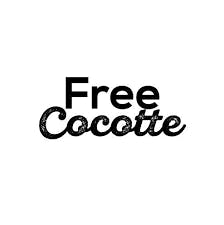Energy Therapy
This third course in Chinese Energetics introduces the art of differential diagnosis based on an individual’s constitution — Fire, Earth, Metal, Water, or Wood. Students learn to interpret energetic imbalances and select the most appropriate treatment according to three key axes: constitution, diathesis, and temperament.
The course provides a detailed study of the clinical expressions specific to each element — physical signs, dominant emotions, organ weaknesses, and reaction patterns. It highlights how these energetic dynamics take shape in childhood and extend into adulthood, influencing behavior, psychological tendencies, and overall health.
A significant portion is devoted to the creation of personalized energetic treatment protocols: point selection, meridian combinations, and the use of regulation and harmonization techniques (tonification, dispersion, balancing).
Serving as a true bridge between theory and clinical practice, this course teaches students to read a person through their energy, to identify the root of imbalance, and to intervene with precision and respect for the individual terrain. It represents an essential step toward understanding the human being not only through physiology, but through the full richness of their energetic and emotional movement.
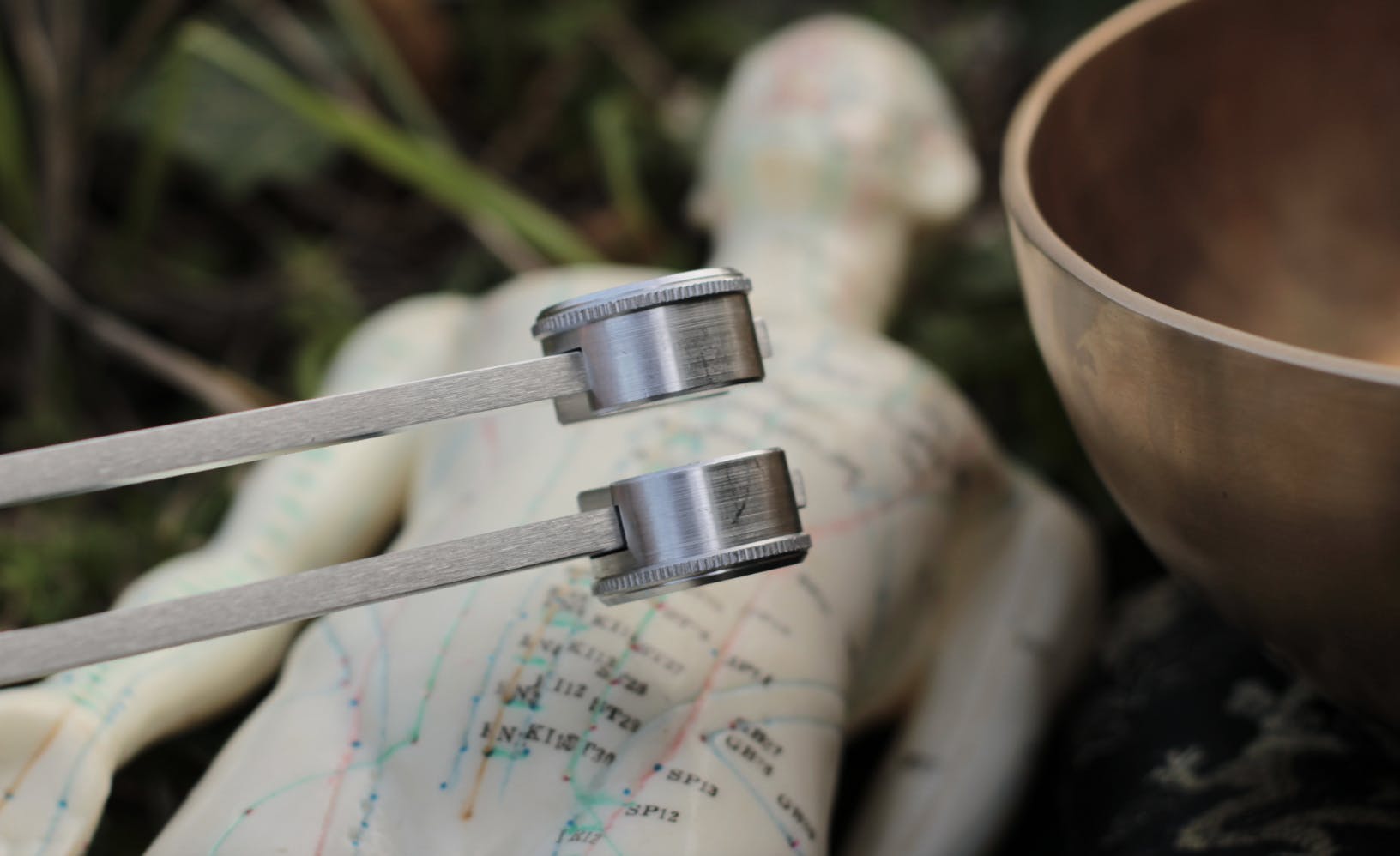
Included Teaching Methods:
- E-Learning courses: an interactive, motivating, and effective learning method.
- Printable course booklets
- Online exams
- Access to the student centre
- Videos and virtual library.
Course Content Description
Student Guide
- Change the due date
- Teaching method and work to be done
- Initial contact
- Start studying
- Answer the questions
- Self-correct
- Plan your work schedule
- Exam
- Sending activities to the College
- Course objectives
- References
Chapter 1
Pathological and Therapeutic Concept
- The concept of symptom
- Laboratory tests
- The syndrome
- Regulation systems
- Therapeutic approach
- Therapeutic tools
- Coupled meridians and "lo" meridians
- Therapeutic interest
- Yin or Yang territories
- Therapeutic interest
- Direction of circulation
- Therapeutic interest
- The circulatory clock
- Therapeutic interest
- The "midday-midnight" method
- Therapeutic interest
- Influence of the seasons
- Therapeutic interest
- The point keyboard
- Review of knowledge
- Activity 1
Chapter 2
The Fire Constitution
- Generalities
- Morphology
- Childhood symptoms
- Adult behaviour
- Adult illnesses
- Heart physiology
- The heart governs blood and vessels
- The heart houses the Shen
- The heart opens onto the tongue
- Heart semiology
- Heart – small intestine
- Heart – lung
- Heart – spleen
- Heart – liver
- Heart – kidney
- Meridian syndrome
- Heart organ syndromes
- Signs of deficiency, yin, yang, blood
- Signs of heat, Yang, and fullness
- Therapeutic directions
- To strengthen Qi
- To strengthen Yang
- To nourish the blood and stabilize the mind
- Disperse heat
- Stimulate blood circulation
- Between attacks
- In severe cases—restore Yang
- Key points
- Small intestine
- Semiology of the small intestine
- Small intestine – heart
- Meridian syndrome
- Small intestine organ syndrome
- Fullness cases
- Heat in the small intestine
- Blocked Qi in the small intestine
- Painful Qi in the small intestine
- Deficiency cases
- Cold in the small intestine—cold deficiency
- Therapeutic directions
- Key points
- Review of knowledge
- Activity 2
Chapter 3
The Earth Constitution
- Generalities
- Morphology
- Childhood symptoms
- Childhood diseases
- Adult behaviour
- Adult diseases
- The spleen
- Spleen physiology
- Transport – Transformation
- The spleen keeps blood in the vessels
- The spleen governs the flesh
- Semiology of the spleen and interrelation with other organs
- Heart – spleen
- Spleen – kidney
- Spleen – liver
- Spleen-stomach
- Meridian syndrome
- Spleen organ syndrome
- Spleen Yang deficiency
- Therapeutic direction
- Spleen Qi collapse
- Therapeutic direction
- Treatment
- The spleen does not govern the blood
- Therapeutic direction
- Signs of heat, cold, and dampness
- Signs
- Therapeutic direction
- Key points
- The stomach
- Pathophysiology
- Internal – External Relationship: stomach – spleen
- Stomach – large intestine
- Meridian syndrome
- Stomach syndrome
- Correspondence with Western medicine
- Fullness cases
- Therapeutic direction
- Heat – dampness injuring the spleen
- Signs
- Therapeutic direction
- Treatment
- Fire in the stomach
- Therapeutic direction
- Treatment
- Cold in the stomach
- Therapeutic direction
- Deficiency Cases
- Stomach Yin deficiency
- Therapeutic direction
- Spleen (Qi) and stomach deficiency
- Therapeutic direction
- Key points
- Review of knowledge
- Activity 3
Chapter 4
The Metal Constitution
- Generalities
- Morphology
- Childhood symptoms
- Adult behaviour
- Adult illnesses
- The lung
- Lung physiology
- Regulates Qi
- Controls descent and elimination
- Regulates diffusion
- Semiology of the lung and interrelation with other organs
- Lung – large intestine
- Lung – heart
- Lung-spleen
- Lung – liver
- Lung – kidney
- Meridian syndrome
- Lung organ syndrome
- Correspondence with pathologies in Western medicine
- Signs of deficiency
- Qi deficiency
- Yin deficiency
- Signs of fullness (heat, Yang, and cold)
- Key points
- The large intestine
- Pathophysiology of the large intestine
- Large intestine – lung
- Large intestine – stomach
- Meridian syndrome
- Large intestine syndrome
- Correspondence with Western medicine pathologies
- Fullness cases
- Deficiency Cases
- Key points
- Review of knowledge
- Activity 4
Chapter 5
The Water Constitution
- Generalities
- Morphology
- Childhood symptoms
- Adult behaviour
- Adult illnesses
- The kidney
- Kidney physiology
- The kidneys receive Qi
- The kidneys govern water
- The kidneys store Jing
- Semiology of the kidney and interrelation with other organs
- Heart – kidney
- Spleen – kidney
- Lung – kidney
- Liver – kidney
- Meridian syndrome
- Kidney organ syndrome
- Correspondence with pathologies in Western medicine
- Signs of deficiency
- The bladder
- Pathophysiology of the bladder
- Semiology of the bladder
- Meridian syndrome
- Bladder syndrome
- Correspondence with pathologies in Western medicine
- Review of knowledge
- Activity 5
Chapter 6
The Wood Constitution
- Generalities
- Morphology
- Childhood symptoms
- Adult behaviour
- Adult illnesses
- The liver
- Pathophysiology of the liver
- Smoothes and regulates
- Regulates digestion – assimilation
- Movement of the triple burner
- The liver stores and preserves blood
- The liver controls the tendons and musculature
- Semiology of the liver and interrelation with other organs
- Heart – liver
- Spleen – liver
- Liver – kidney
- Lung – liver
- Meridian syndrome
- Liver organ syndrome
- Correspondence with pathologies in Western medicine
- Signs of deficiency
- Signs of fullness
- Key points
- Gallbladder
- Pathophysiology of the gallbladder
- Meridian syndrome
- Gallbladder syndrome
- Correspondence with Western medicine pathologies
- Fullness cases
- Deficiency Cases
- Key points
- Review of knowledge
- Activity 6
Appendix
Recap table of syndromes and treatments
Answer Keys
- Answer key for Activity 1
- Answer key for Activity 2
- Answer key for Activity 3
- Answer key for Activity 4
- Answer key for Activity 5
- Answer key for Activity 6
Exam Instructions
- Assessment questionnaire
- Answer grid for course 463
- Validation form for course 463










